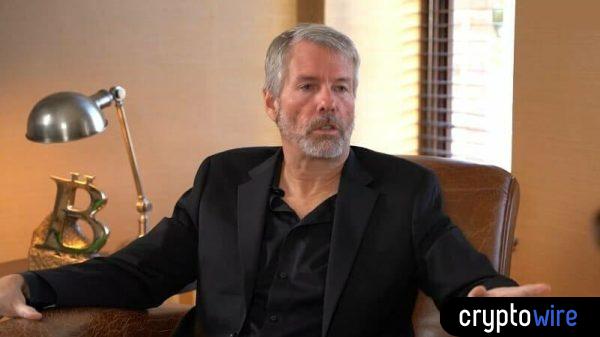📰 Table Of Contents
Ethereum Co-Founder Vitalik Buterin Advocates for Verkle Trees in Ethereum Staking
Ethereum co-founder Vitalik Buterin has shared the potential benefits of integrating Verkle Trees into Ethereum’s staking protocol. This upgrade is expected to have a significant impact on Ethereum solo stakers and network nodes, offering stateless validator clients and near-instant synchronization. Buterin has emphasized the advantages of Verkle Trees in optimizing data storage and reducing node size, which aligns with Ethereum’s development roadmap.
What Are Verkle Trees?
Verkle Trees are a vital component of Ethereum’s development plan, specifically falling under the Verge phase. This phase aims to introduce Verkle Trees to optimize data storage and reduce node size. Buterin has detailed the technical aspects of Verkle Trees in the Ethereum Improvement Proposal documentation. These trees function similarly to Merkle Trees, aggregating all transactions in a block to provide proof of data authenticity. However, they offer more efficient proof sizes and utilize vector commitments to offer long-term benefits to the Ethereum network.
Benefits of Verkle Trees
The primary advantage of Verkle Trees is their role in achieving statelessness, allowing nodes to verify blocks without storing Ethereum’s “state.” By enabling smaller proof sizes within each block, they allow nodes to verify blocks using the data contained within the blocks themselves. This enhancement is expected to lead to various new functionalities to lower hardware requirements for running Ethereum nodes, ushering in a more efficient and accessible Ethereum ecosystem.
Impact on Ethereum Staking
The Ethereum network has seen increased interest from validators seeking to stake their ETH. The validator entry queue currently stands at 7,045, with a backlog estimated to be cleared in slightly over 48 hours. However, Ethereum’s limitations on the number of new validators that can join the network per epoch have resulted in a backlog as more entities seek to participate. Validators are entities that stake a minimum of 32 Ether in the network, enabling them to participate in running Ethereum’s proof-of-stake consensus blockchain.
Additionally, implementing Verkle Trees is expected to contribute to enhanced network decentralization, allowing new nodes to join the network almost instantly and synchronize quickly. As a result, Ethereum staking has seen renewed interest, representing a significant surge in the number of validators seeking to stake their ETH. This surge is expected to lead to a more efficient and accessible Ethereum ecosystem, ultimately aligning with Ethereum’s overarching goal of continuous development.
Ian is a cryptocurrency enthusiast blending humor with professionalism. With an engineering background and a storyteller's heart, he simplifies the blockchain world with sharp analysis and a touch of wit. At Cryptowire, he brings his unique perspective to make digital financial innovation accessible to all.















































